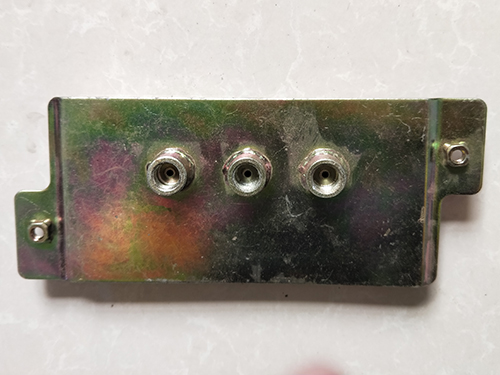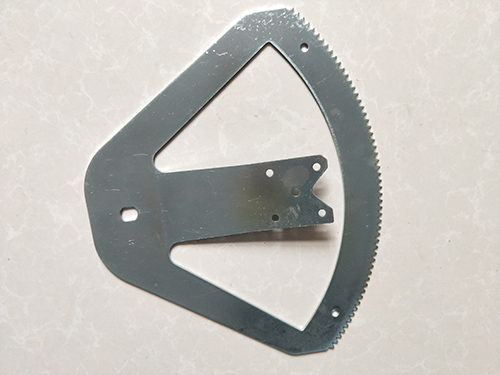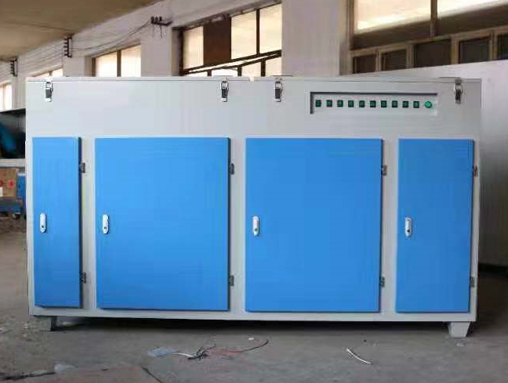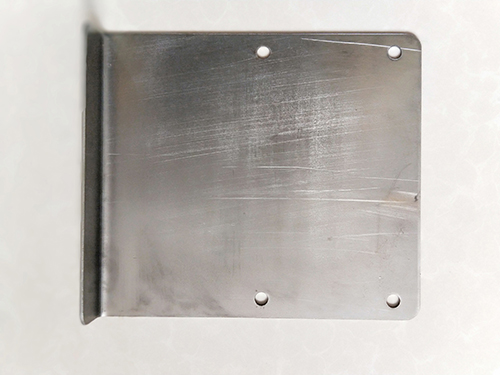Research on the Technical Status and Development Trends of Automotive Stamping P
In recent years, automotive hardware stamping parts;, With the introduction of new models, the replacement of old models, and the continuous expansion of vehicle and component production scale, demand is also constantly increasing. 60-70% of metal parts in automobile manufacturing require stamping processing, which is one of the more basic, traditional, and important metal processing methods. The manufacturing process level and quality of stamping workpieces have a direct impact on the quality and cost of automobile manufacturing, including various covering parts on the body, interior support parts, structural reinforcement parts, as well as a large number of automotive components such as engine exhaust pipes and mufflers, hollow camshafts, oil pans, engine brackets, frame structural parts, and transverse and longitudinal beams.
From the perspective of long-term development trends, there has been no fundamental change in the trend of China's economy maintaining rapid growth in the future. It is expected that the potential growth rate of China's economy will still remain above 8% before 2020. Under a series of favorable policies such as the adjustment of purchase tax and the "car to the countryside" policy, the demand for the automobile market has rebounded, and the sales volume of the entire industry has continued to operate at a high level and reached a historical high, establishing the momentum of industry recovery.
With the development of the automotive industry, stamping processing, as one of the more basic, traditional, and important metal processing methods, will continue to develop in China's automotive industry in the next 10-20 years. In the composition of a car, the body, engine, and chassis are collectively referred to as the three major assemblies of the car. According to statistics, the body weight of buses, sedans, and most cars accounts for about 40% to 60% of the total weight of the vehicle. The body of a sedan is made up of about 400 stamped parts welded together. Steel plate materials account for 51% to 65% of the car's own mass in different vehicle models.
At present, there are few large enterprises engaged in stamping parts in China, mainly small and medium-sized enterprises, and stamping parts are mainly produced by small and medium-sized stamping. The large stamping parts in the automotive industry are mainly deep drawn, and in this part of stamping parts in China; Mainly concentrated in large factories such as automobile factories, tractor factories, and aircraft manufacturing factories, there are not many individual large-scale stamping and deep drawing factories. For the small and medium-sized stamping parts in China's automotive industry, such as components or body parts, with the development of the automotive industry, there are currently many small factories around some automobile or tractor factories.
With the continuous call for lightweighting, energy consumption reduction, and high performance of automobiles, higher and higher requirements have been put forward for the technology of metal stamping parts. Laser welding plates, steel plates, baking hardened plates, aluminum alloy materials, etc. have been successively applied in the production of automobiles.
The challenges currently faced by the automotive stamping parts industry are as follows:
(1) Mold design and manufacturing technology, the world's automotive mold manufacturing technology is gradually replacing on-site operations with computer-based operations, replacing manual labor with processing, highly standardizing mold design and manufacturing, and developing single piece production methods towards assembly line production. The large-scale external covering mold enterprises have significant differences from domestic enterprises in many aspects of mold production, which is worth our good reference.
(2) The development and application of simulation technology is a means for the development of stamping.
(3) Automation and flexibility requirements are factors considered in the development of stamping.
(4) The application of new processes includes the use of steel plates, stamping technology for laser welded blanks of various thicknesses, sheet metal hot forming technology, internal high-pressure tube expansion technology, light alloy forming technology, digital forming technology, special stamping forming technology, etc.
Among the above-mentioned problems, the more prominent one is the design and manufacturing technology of automotive stamping parts molds, with the development of automotive industry molds taking the lead. In 2009, the amount of molds in China increased to 18 billion US dollars, with automotive molds accounting for about one-third of the total. A sedan, including its exterior, engine, interior, etc., requires over 90% of its components to be formed using molds. To manufacture a sedan, approximately 1000 sets of stamping molds and over 200 sets of interior molds are needed. In 2009, more than 50 new cars were launched, requiring 60000 sets of automotive molds.
At present, some large automobile factories in China have four major processes: stamping, welding, painting, and final assembly. Their stamping lines are either purchased from joint ventures or from Japan and Germany because China's ability to produce body molds is still insufficient. The remaining one belongs to those who have developed their own molds, and the mold factory has the ability to produce new models of molds, but their technology and experience are limited.
5 methods to reduce the unevenness of stamped parts:
1. Inspection and correction of drawing dies: Drawing dies need to be regularly inspected and maintained to reduce the occurrence of bumps and maintain a stable state. The usual practice is to use samples to inspect the adhesion scratches and machining surface (concave die fillet, convex die fillet) of the edge pressing ring.
2. Inspection and correction of the shearing die: The reason for the occurrence of bumps and depressions after the shearing process is due to the production of iron powder during the shearing process. Therefore, observe the iron powder before stamping to avoid the occurrence of bumps and depressions.
3. Appropriate robot speed: For semi-automatic drawing die production of automotive stamping parts, when the drawing convex die is in the lower die position and the robot speed is fast, burrs will fall on the upper part of the convex die, causing bumps and depressions. To avoid this problem, we can conduct a discharge test on the parts before production, and set the speed and discharge angle of the robotic arm reasonably to prevent it from touching the parts and the lower mold.
4. Check the cross-section: When cutting the coil material, the wear and damage of the cutting die will produce a lot of tiny iron powder adhering to the cutting edge. Therefore, before stamping production, check the double cross-section in the material area or stamping line, and clean the sheet metal in a timely manner to remove burrs.
5. Inspection of the sheet metal cleaning device: Before stamping production, it is necessary to inspect and adjust the cleaning and placement simultaneously to ensure better cleaning of the sheet metal. This is also necessary, and attention should be paid to the roller gap and the quality of the cleaning oil. The detailed method is to apply red paint on a steel plate and then clean and settle it thoroughly. Currently, check the shape of the previous removal of the red paint. Assuming that the removal rate does not meet the standard, then inspect and repair the cleaning and settling. Reduce cleaning oil in a timely manner when it is insufficient.







